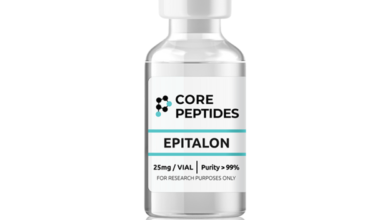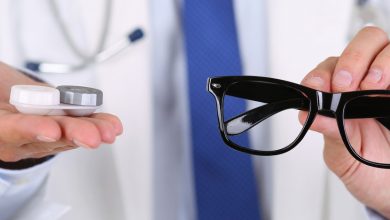Here are some of the most common and dangerous hazards that can be found at home
We all want to keep our family safe and we’d like to think our home is free from hazards. Well, there may be some inconspicuous hazards around your home that you may not even realise are there. To ensure you don’t compromise yours and your families safety, we’ve put together a list of the most common and dangerous hazards that can be found at home.
Falls
Most common hazards that cause falls
Staircases – Stairs are the most common places that falls occur. So, how do you hazard proof them?
- Make sure they have ample light.
- If you have young children, ensure you have child safety barriers at each end.
- Ensure that your stairs are structurally sound and there are no loose steps or carpet.
- The handrails should meet Australian building standards, be sturdy and secure. For added safety, add an inner handrail to your staircase.
- If someone in the home is elderly or has mobility issues, consider installing a stairlift if relocating isn’t an option.
Bathrooms – Bathrooms come in a close second. How to hazard proof your bathroom:
- Use safety mats. Anywhere you stand or move to in the bathroom should have a mat down, including in the shower and bath.
- Handrails should be installed for those with limited mobility and the elderly. This allows them to grab onto them when they are in the bathroom for extra security.
- Clean up spills or excess water immediately.
When it comes to accidents that occur within the home falls claim the most lives. While a fall may not cause serious harm to someone who is fit and healthy, older people can sustain severe injuries that can impact their health drastically. The recovery for an elderly person can be lengthy and can shorten their lifespan depending on the severity. Falling can cause an array of injuries and can be anything from a minor graze right up to fractures and concussion.
Drowning
Children are most at risk of drowning and not owning a pool doesn’t exclude your home from experiencing a drowning incident.
Most common hazards for drowning
- A spa or pool
- A bath with water left in it or a child that is left unattended in a bath
- A blow-up pool
Any body of water over 30mm is a hazard. A large bucket of water or even a puddle that’s formed after a big downpour can place your children at risk. You must investigate your home for any areas of water regularly and if you own a pool or spa, you must make sure that your pool fence is always maintained and compliant.
Fire Hazards
Fire hazards can not only cause significant injuries but death too. Each year in Australia more than 50 people lose their lives to house fires and the sad reality is in most instances they are preventable.
Most common fire hazards
- One of the most significant hazards when it comes to fires is having no smoke alarm fitted in the home or a smoke alarm that isn’t maintained correctly. Ensure your home has smoke alarms installed and test them regularly.
- Cooking equipment is the number one cause of house fires. Never leave cooking food unattended.
- Smoking inside the home.
- Electrical equipment. Make sure that none of your electrical equipment has faulty wiring and replace old appliances. This is a hazard that can often go unnoticed and it’s a good idea to get your electrical wiring checked each year at the minimum by an electrician.
Poisoning
When we think of poisoning accidents most of us automatically think of harsh chemicals such as bleach, however, many items within your home can be hazardous. Household items that don’t instantly come to mind are often just as dangerous. Things such as plants, essential oils and air fresheners can be fatal to children.
Most common poisoning hazards
- Cleaning products. Most assume that if they have the lids secured and they are stowed away then they are safe. Young children are inquisitive and crafty, they can figure out how to get into things they shouldn’t with ease. If you have children, cleaning products or liquids substances need to be out of reach. Poisoning accidents can happen in a matter of seconds. Don’t take the risk, make sure you put away substances as soon as you are finished using them.
- Ingesting other hazardous substances such as cosmetics, products that are kept in food containers and medications that aren’t stored correctly.
Dishwashers
Dishwashers are a standard inclusion in most homes, but they pose several hazards.
Most common dishwasher hazards
- Dishwashers heat to extreme temperatures to sanitise and cleanse the dishes. If the door is opened mid-cycle the steam and water can cause serious burns. Make sure the door is locked to prevent injury.
- They store sharp knives and if it is left open little hands can grab on to them and cut their fingers. Place all knives and sharps objects facing downwards and don’t leave the door open.
- Ingesting detergent left in an open dishwasher. Make sure the dishwasher is always kept closed when not in use.
To make your home as safe as possible, you should be proactive about potential hazards. For when minor accidents happen, it’s a good idea to have a fully stocked first aid kit on hand. Check out our comprehensive range at The First Aid Shop online.






